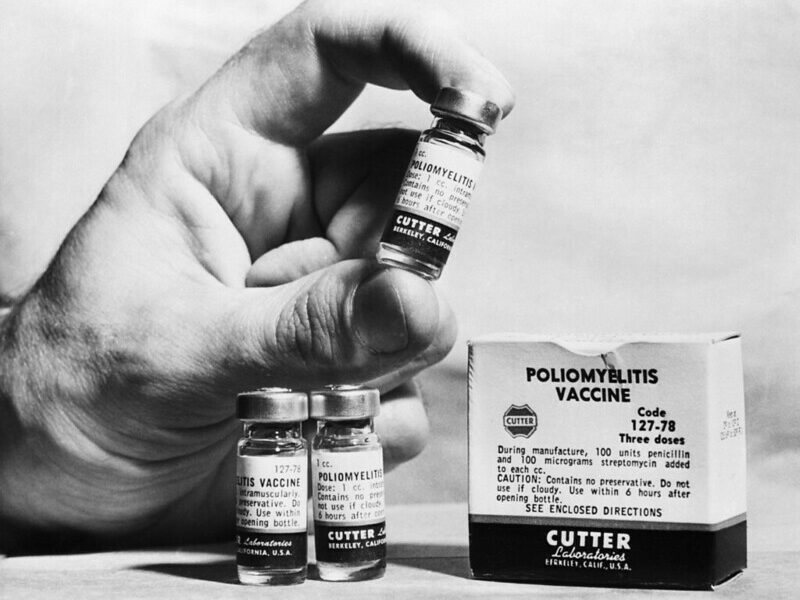Ten years later, the fall of the World Trade Center may have slowly dissipated into a distant memory for some Americans, but for many individuals, the effects from the event are increasingly present. More and more evidence show the dust and aerosols from Ground Zero have caused long-term illnesses in hundreds of thousands of volunteers, workers and nearby residents who were in Lower Manhattan in 2001. One report puts the affected number at approximately 18,000, while another estimates that 25,000 children alone were either living or attending school in Lower Manhattan on the day of the attack, and tens of thousands more “were…close enough to inhale particulates and toxic substances.”
Victims are believed to have been exposed to two forms of debris – preliminarily in the form of aerosol, a mixture of gasses and particulates and later on in the form of dust, which may have contained everything including asbestos, silica, lead, and glass shards and fibers, and carbon nanotubes. The dust not only covered the site of the crash, but also heavily coated nearby residencies, causing inconceivable damages to the health of adults and children. Commonly reported symptoms include asthma, acid reflux, and chronic respiratory and gastrointestinal illnesses. Many patients testify that their lives were permanently changed – one mother reported that just two years after the attack, her children began experiencing chronic sinuses, ear and throat infections and, at one point, each child was on seven different medications.
The real long-term effects of the exposure remain to be seen. Over 30,000 people are enrolled for monitoring of diseases such as cancer which may not yet be detectable. Although 15,000 individuals are reportedly receiving treatment and the World Trade Center Environmental Health Center has been set up to conduct health screening and treatment, it is believed that many people are not making use of available resources. As one activist explained, “People don’t want to admit they are sick, or admit that their children are sick. They have a hard time tolerating the idea that 9/11 is still with them.”
For many others, anger and demand for justice still resonate deeply. At the September 16, 2011 New York Coalition for Occupational Safety and Health (NYCOSH), many criticized EPA and OSHA’s statement released a day after the attack that the air in New York’s financial district “was not a cause for concern” and that “it [was] safe for New Yorkers to go back to work in New York’s Financial District.” As one speaker at the conference said, “This [statement] has informed every decision that followed. We are still living with those decisions.”
